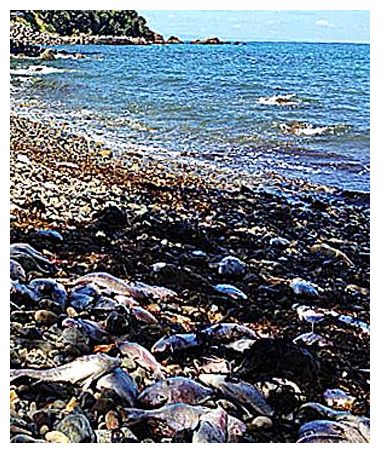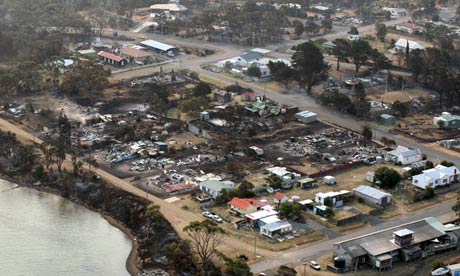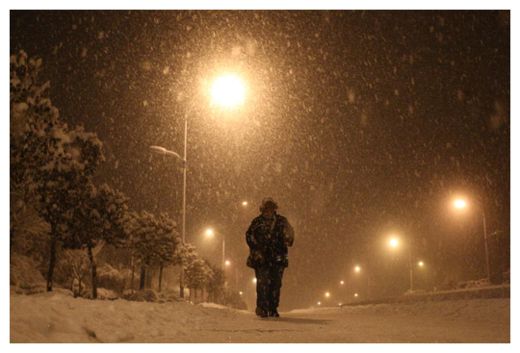
© Stuff.co.nzWashed Up: Dead snapper litter the Coromandel Peninsula from Port Jackson to Fantail Bay.
A massive clean-up of rotting fish is underway on the Coromandel Peninsula where thousands of snapper have washed up since New Year's Eve.
Fisheries officials have warned people not to eat the fish as Thames-Coromandel District Council staff try to work out how they came to be dumped at the popular holiday spot.
TCDC communications manager Benjamin Day said the dead fish were beginning to ''rot and smell'' so the decision was made to begin the clean-up immediately.
"With the DOC campsites full and boaties launching from the beach, we want to get the place cleaned up for our visitors as fast as possible,'' he said.
The clean-up will concentrate on an area 100 metres either side of Granite Wharf, situated at Paritu, north of Colville.
It is not the first time this has happened at the small settlement.
Thousands of dead snapper also washed ashore in 2011 at Little Bay and Waikawau Bay, causing residents to wonder at the time whether they were starving or poisoned, although that was deemed unlikely.
The Ministry of Fisheries investigated that incident as well but it still remains unsolved.
Fisheries compliance manager Brendon Mikkelsen said the Ministry for Primary Industries was investigating the latest incident but could not confirm the number of dead fish found on the shore.
But local residents said the dead fish numbered in the "thousands".


